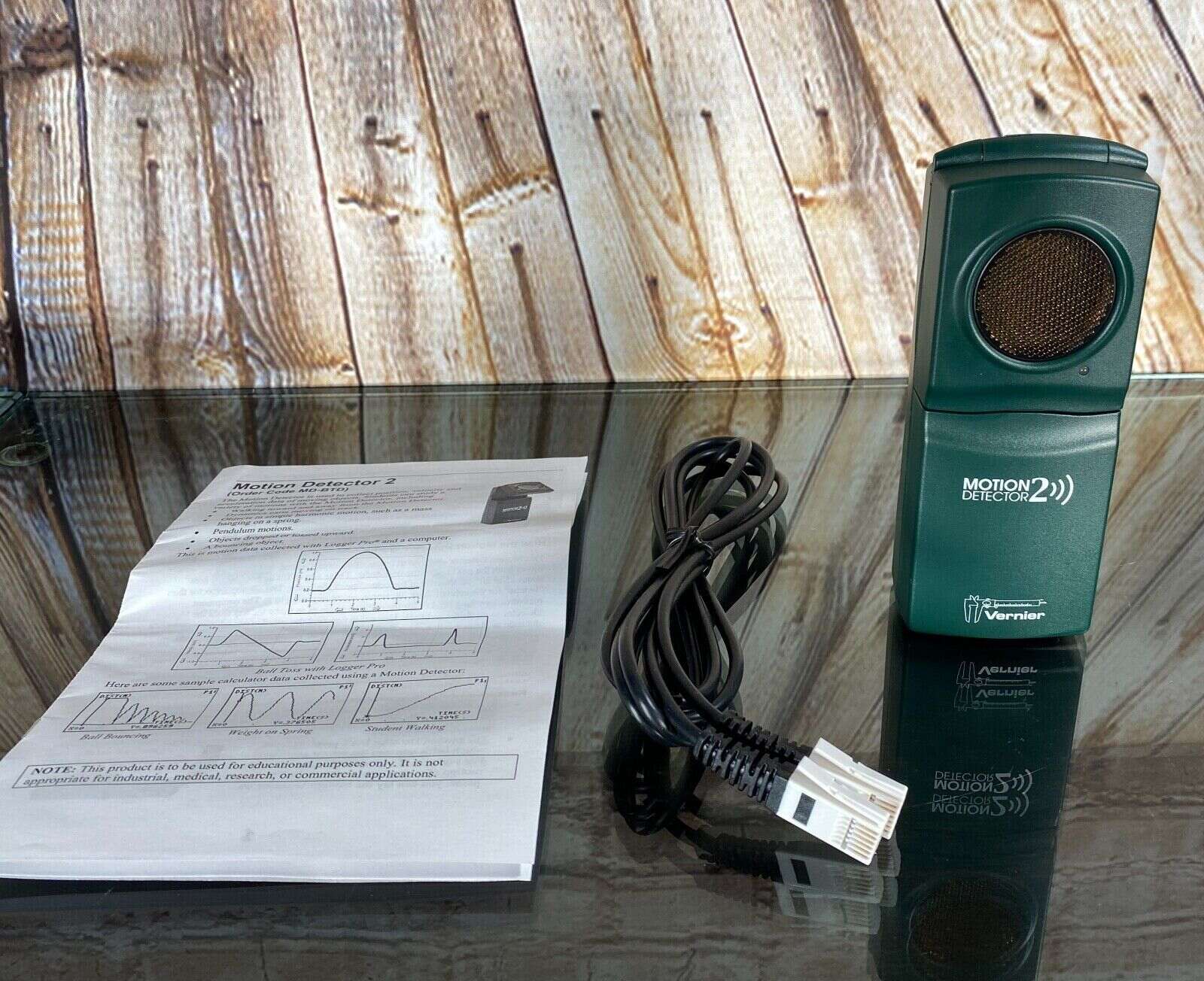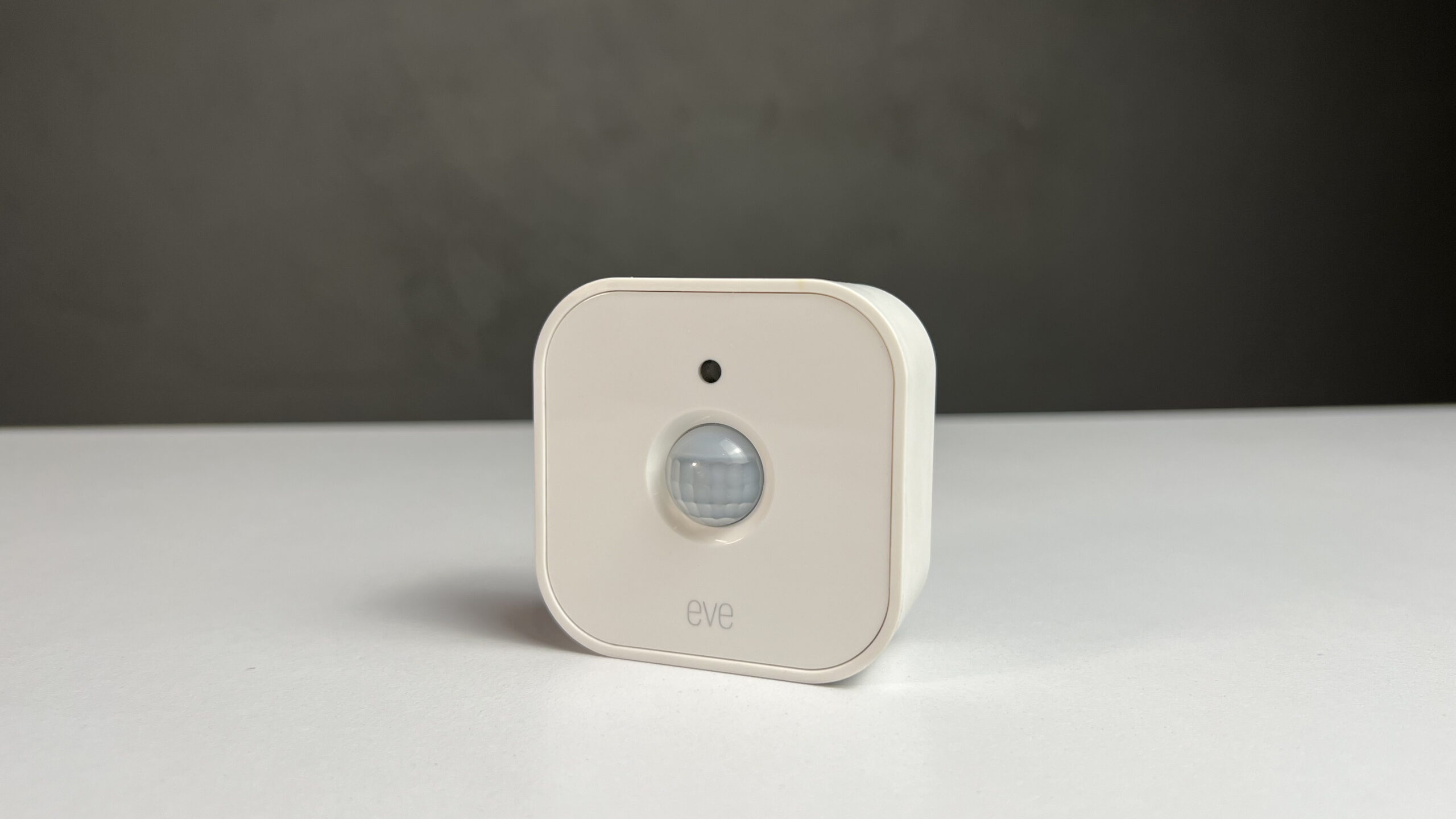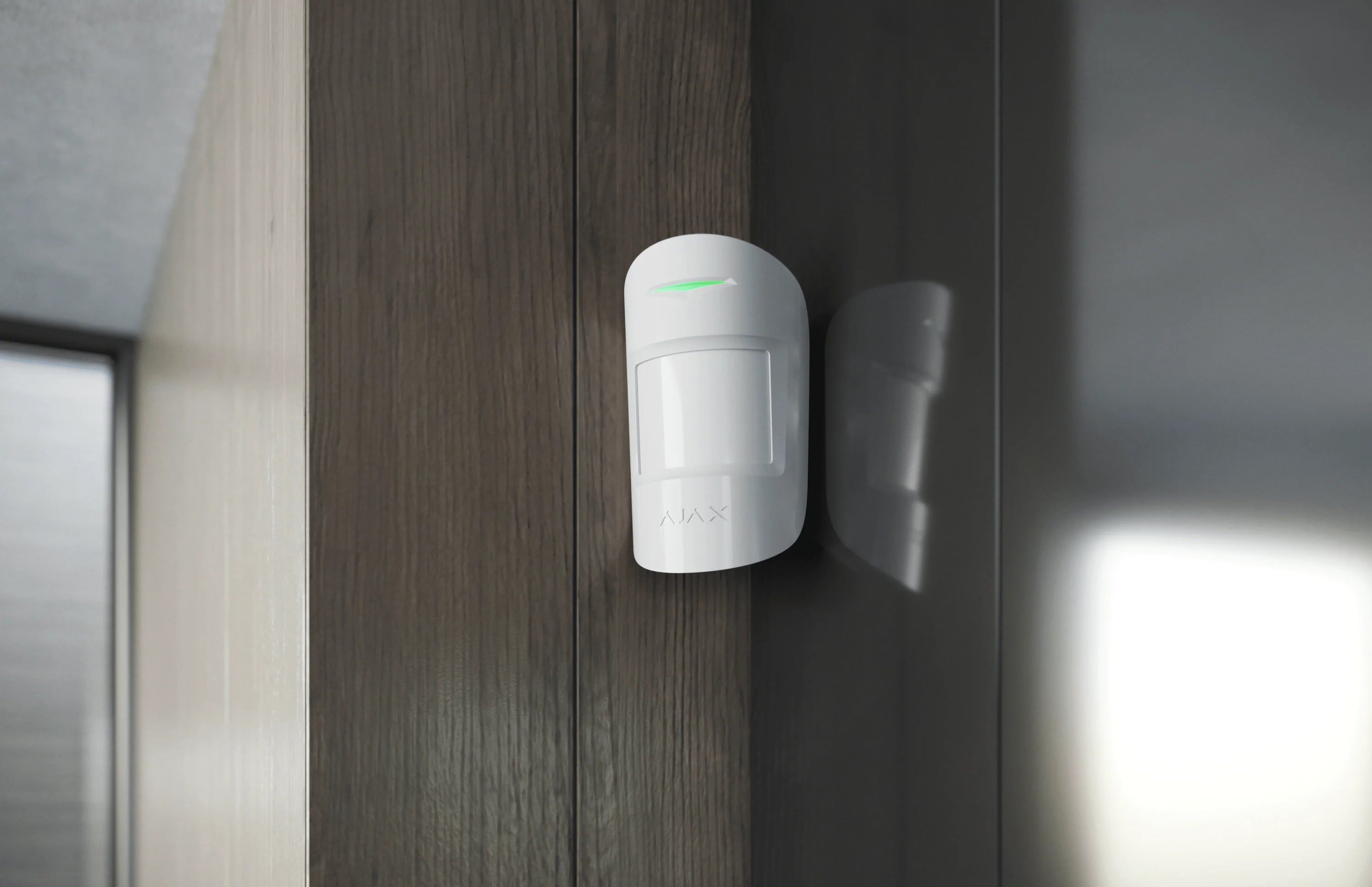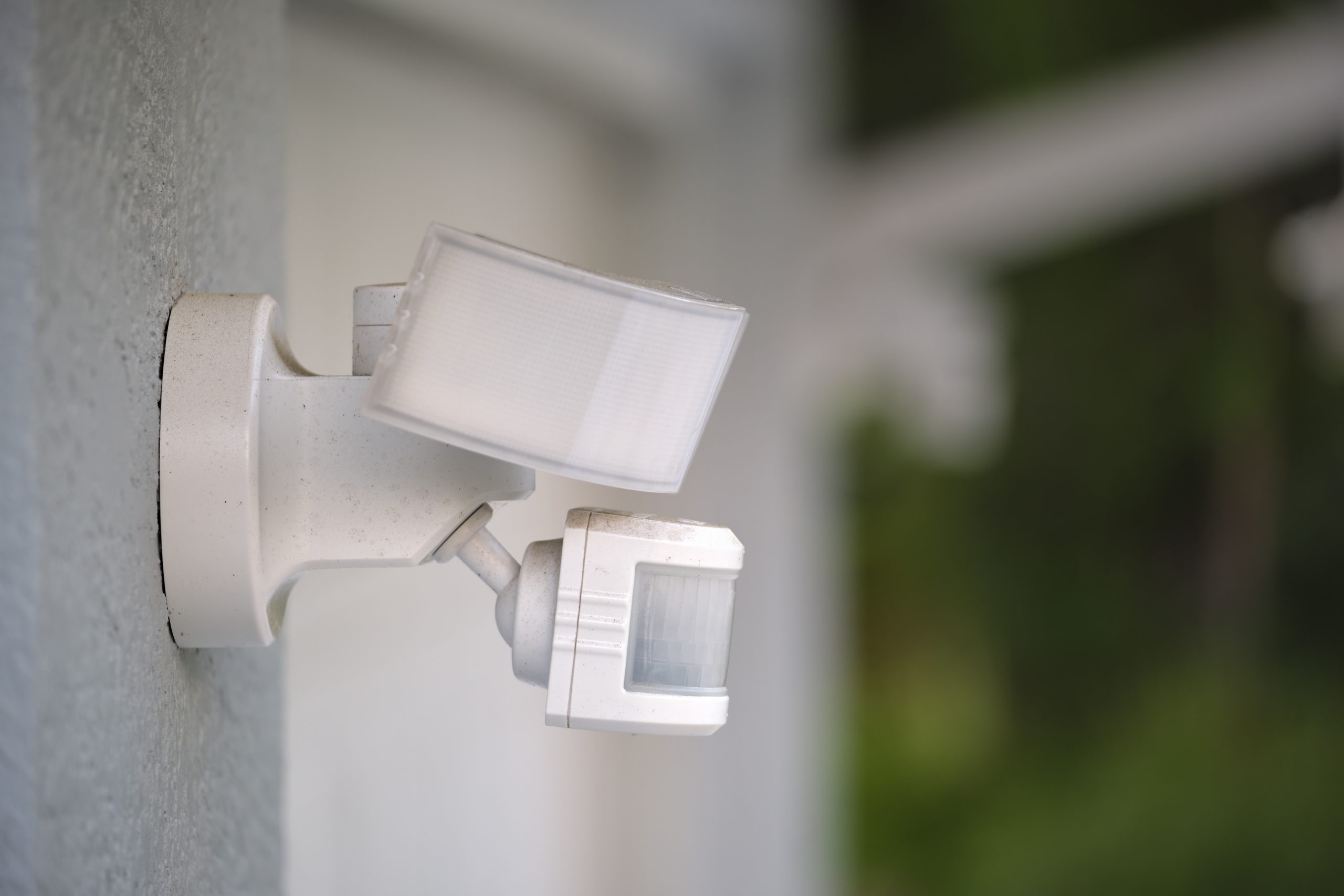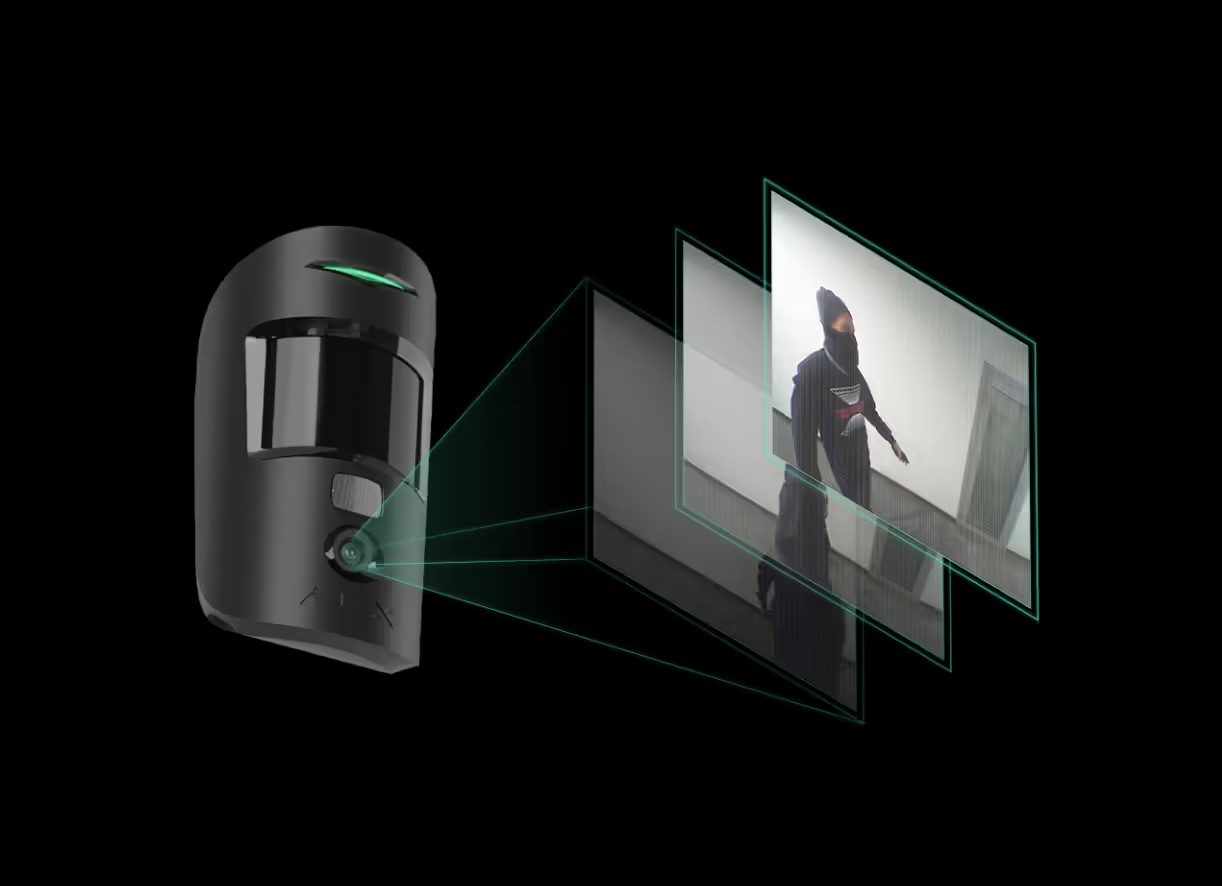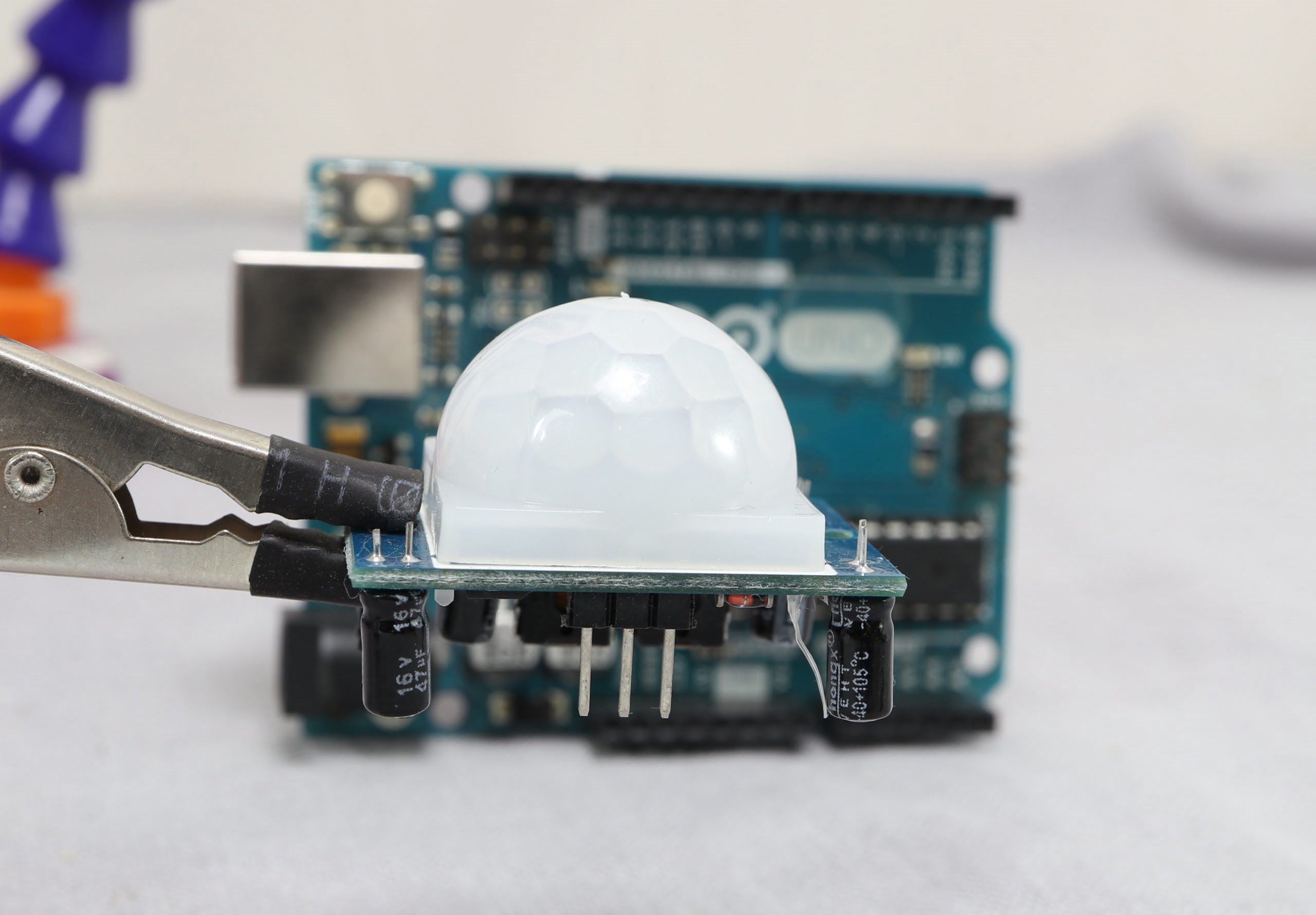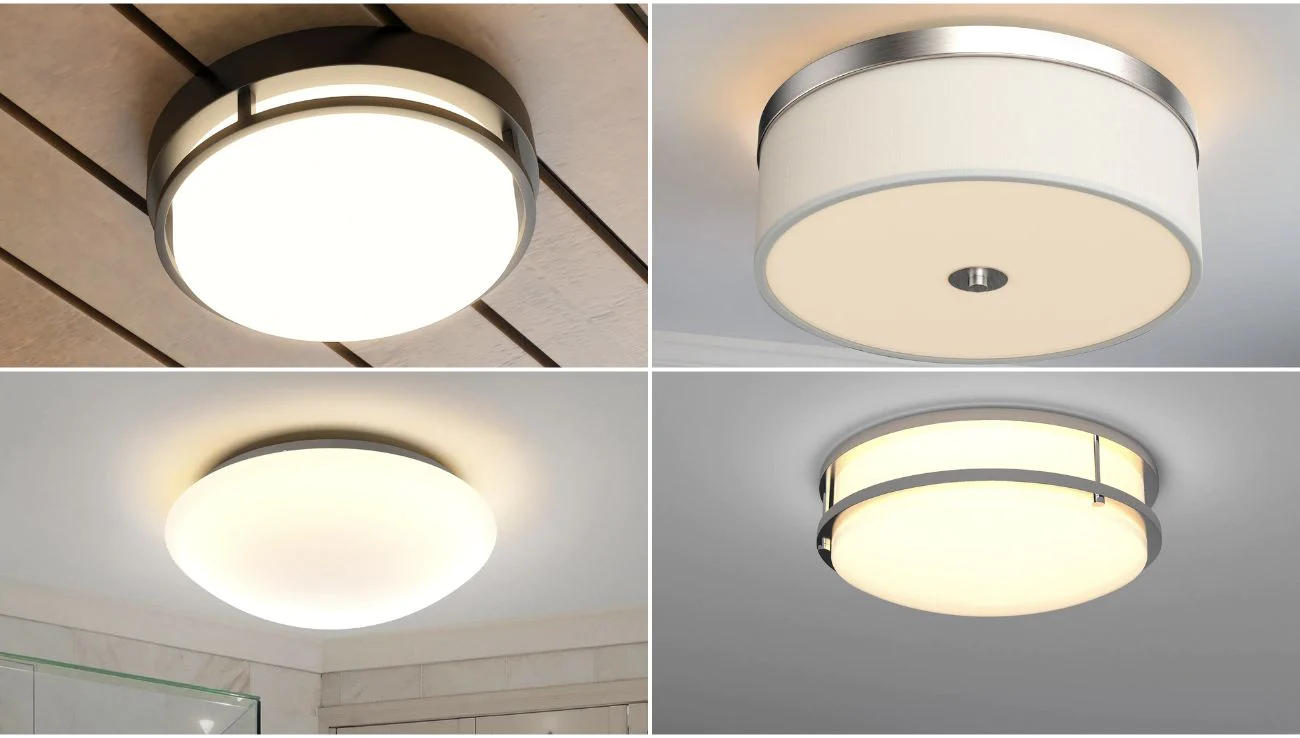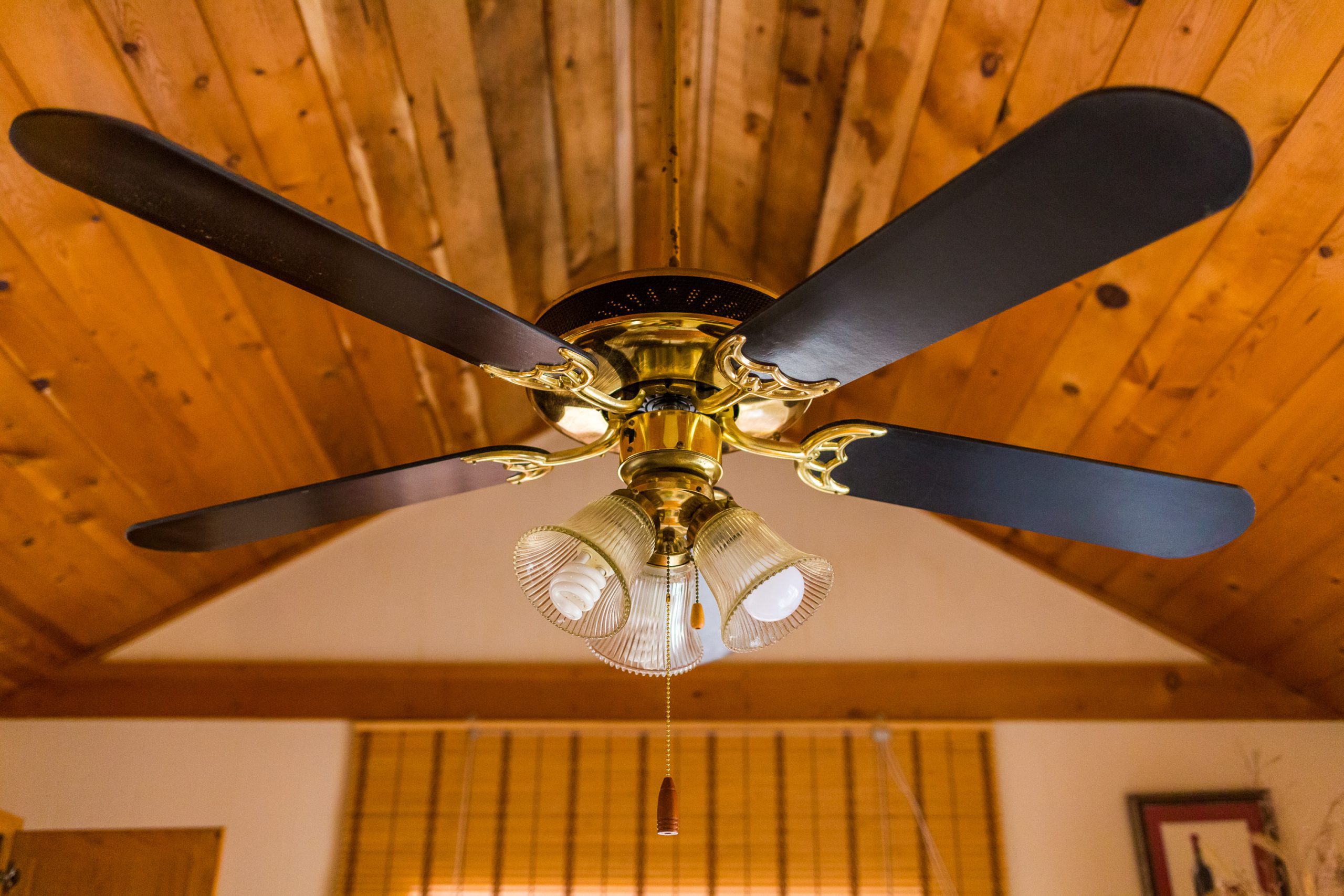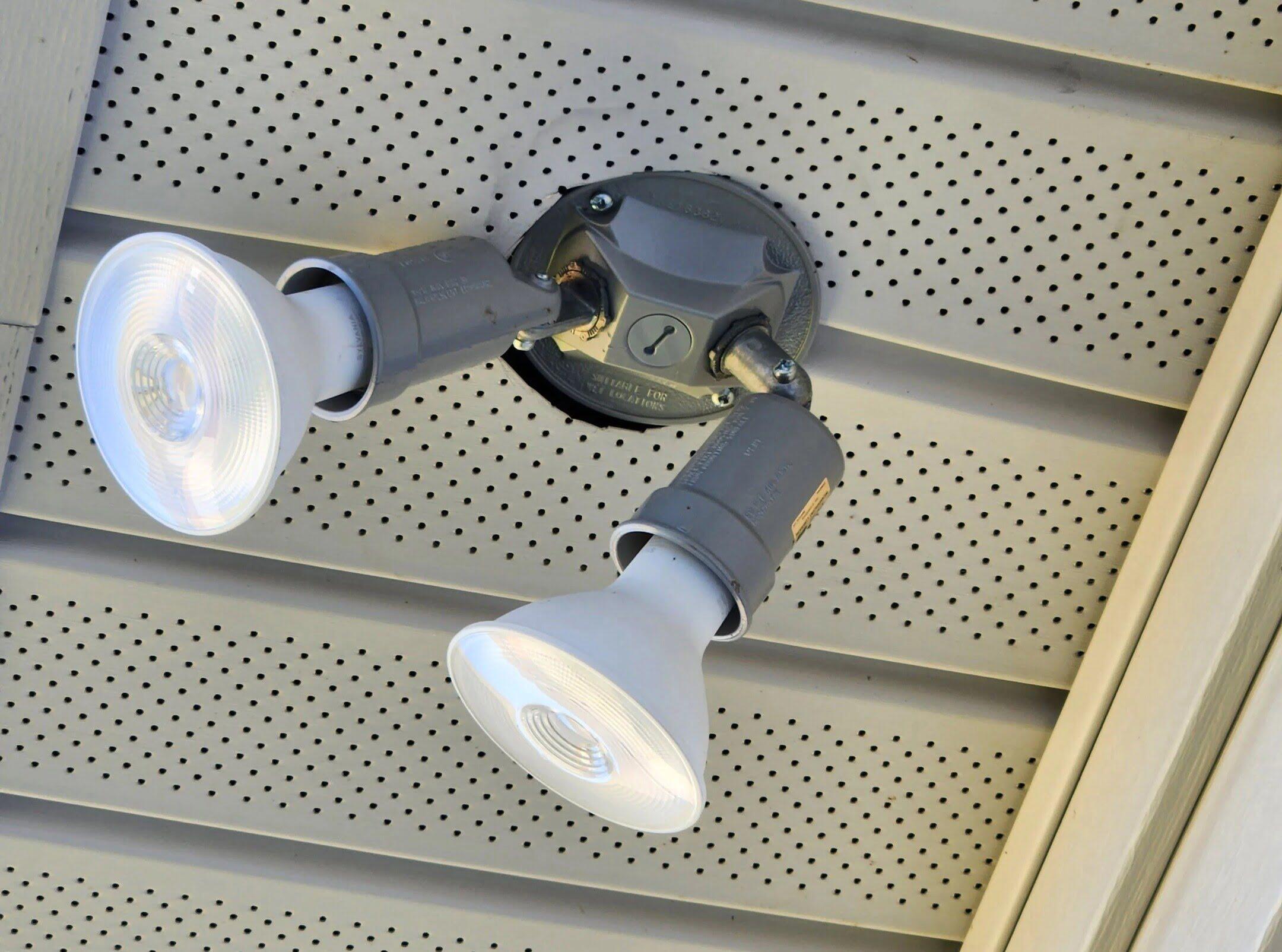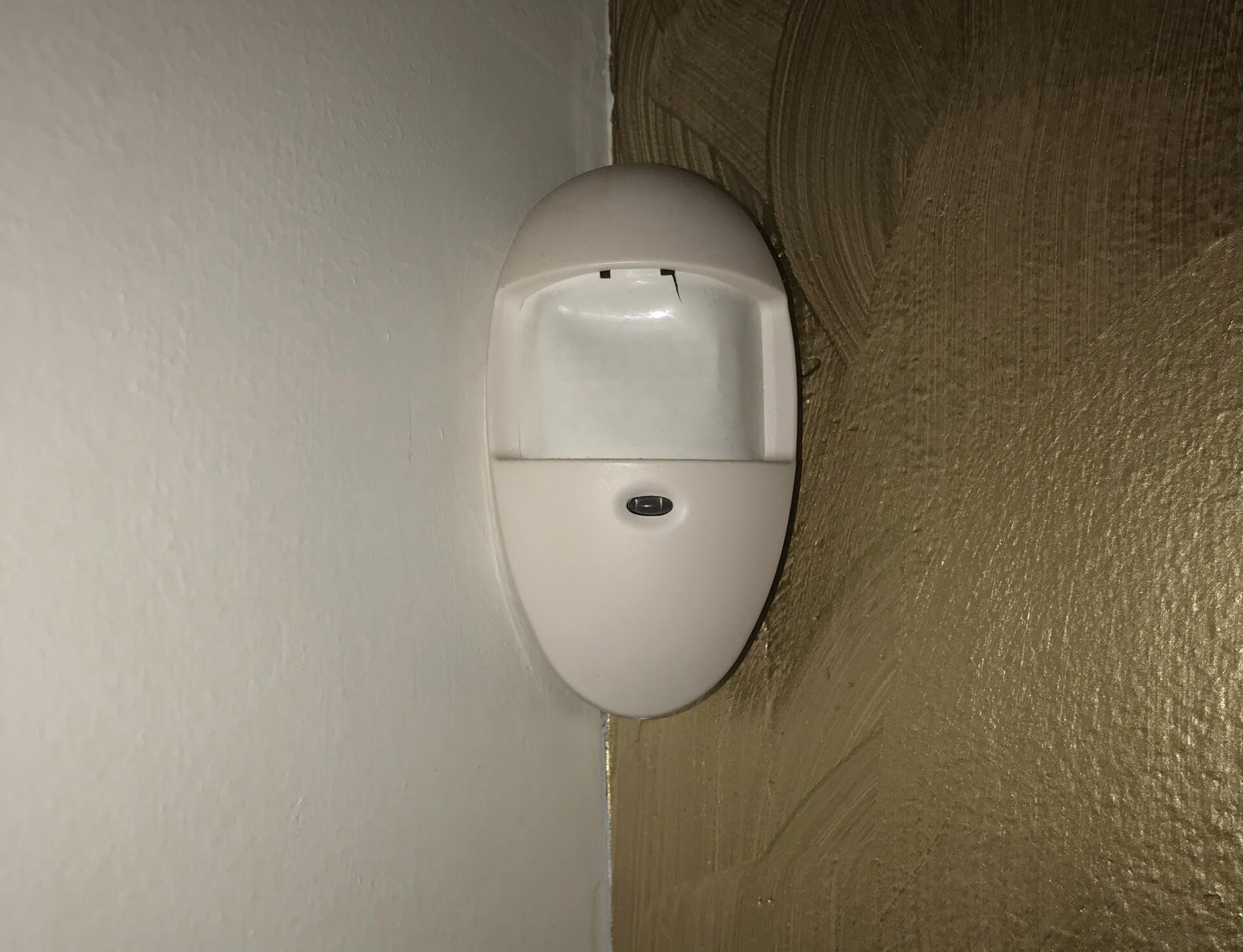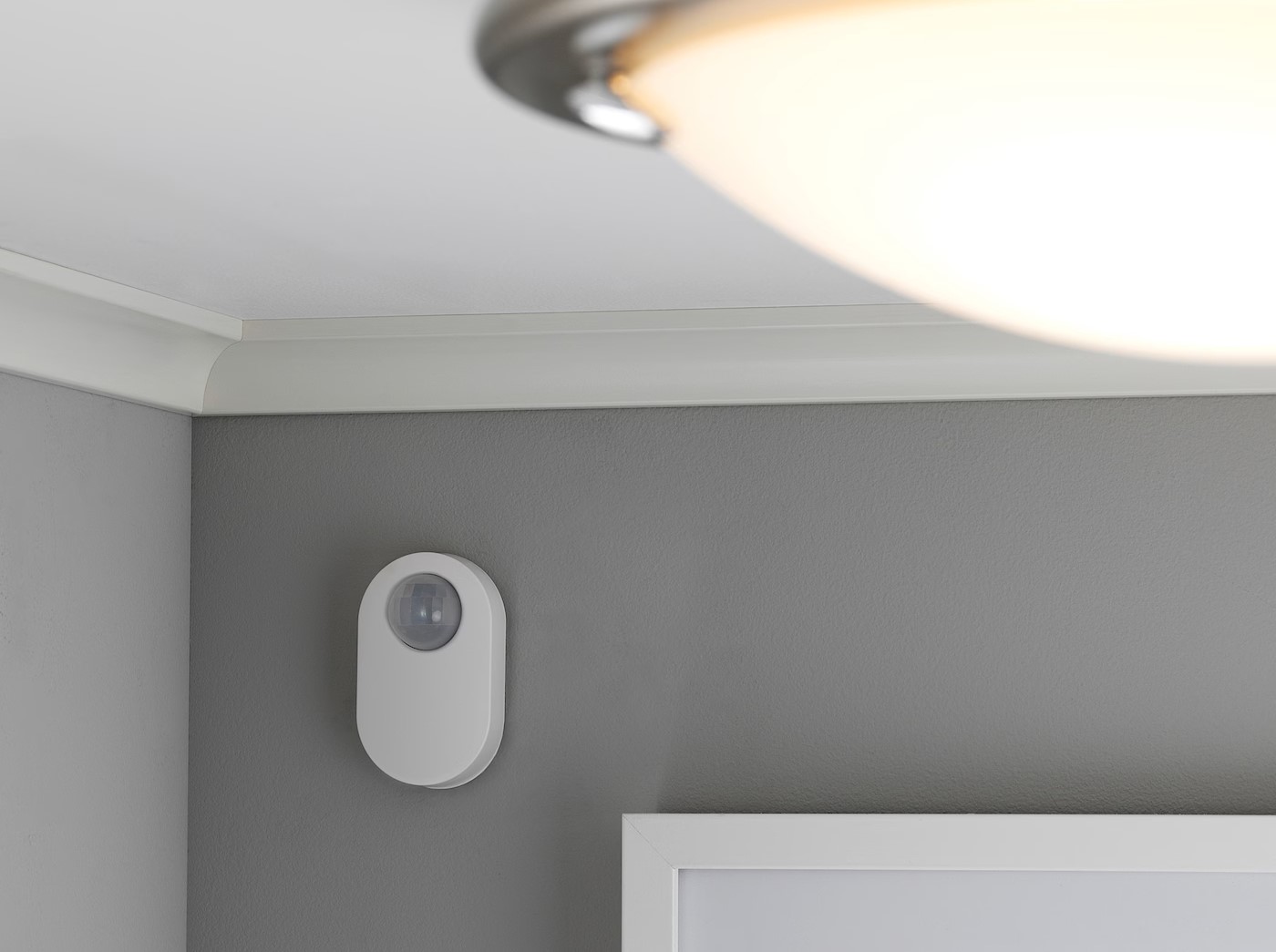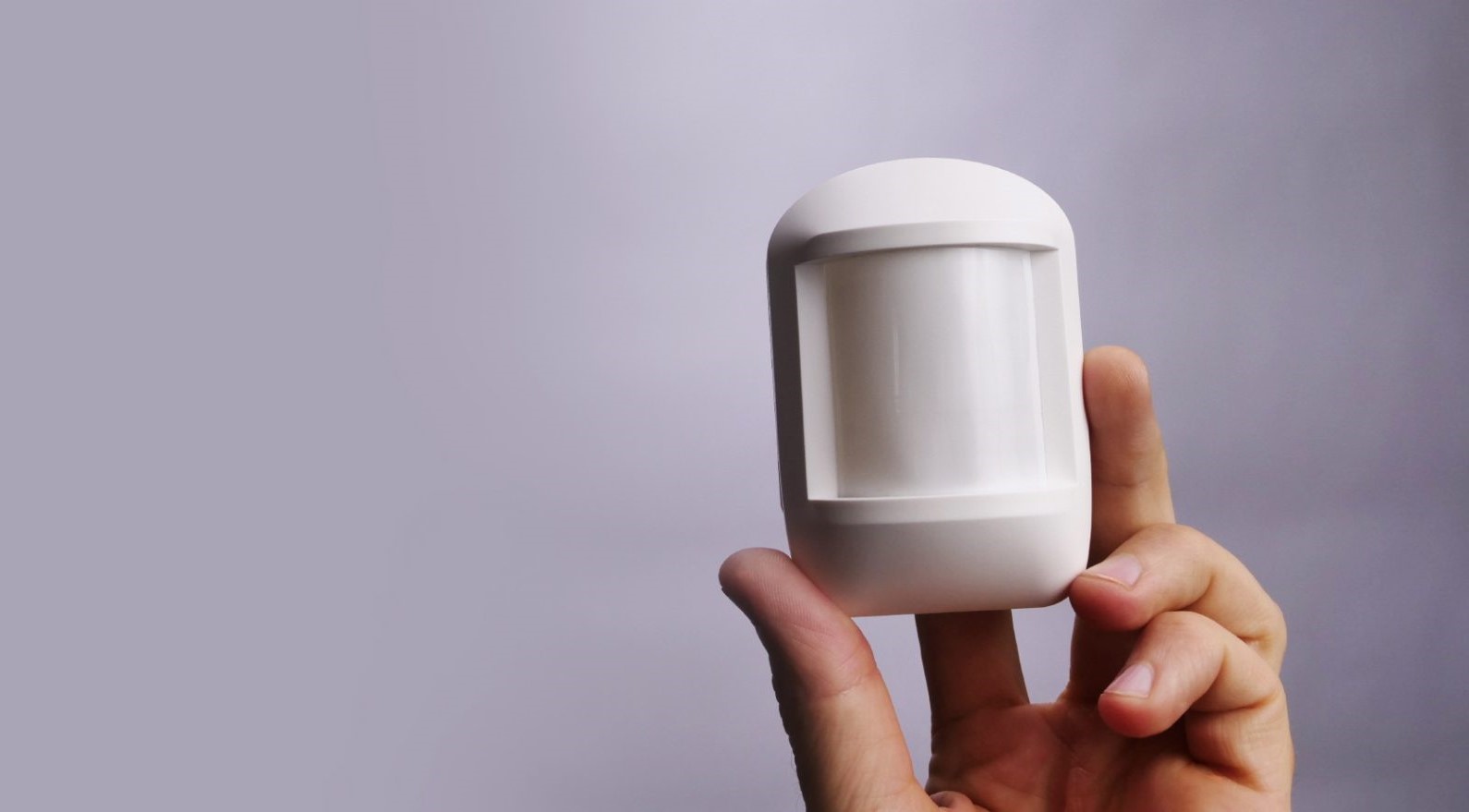Home>Home Security and Surveillance>What Is The Purpose Of A Ceiling-Mounted Motion Detector?
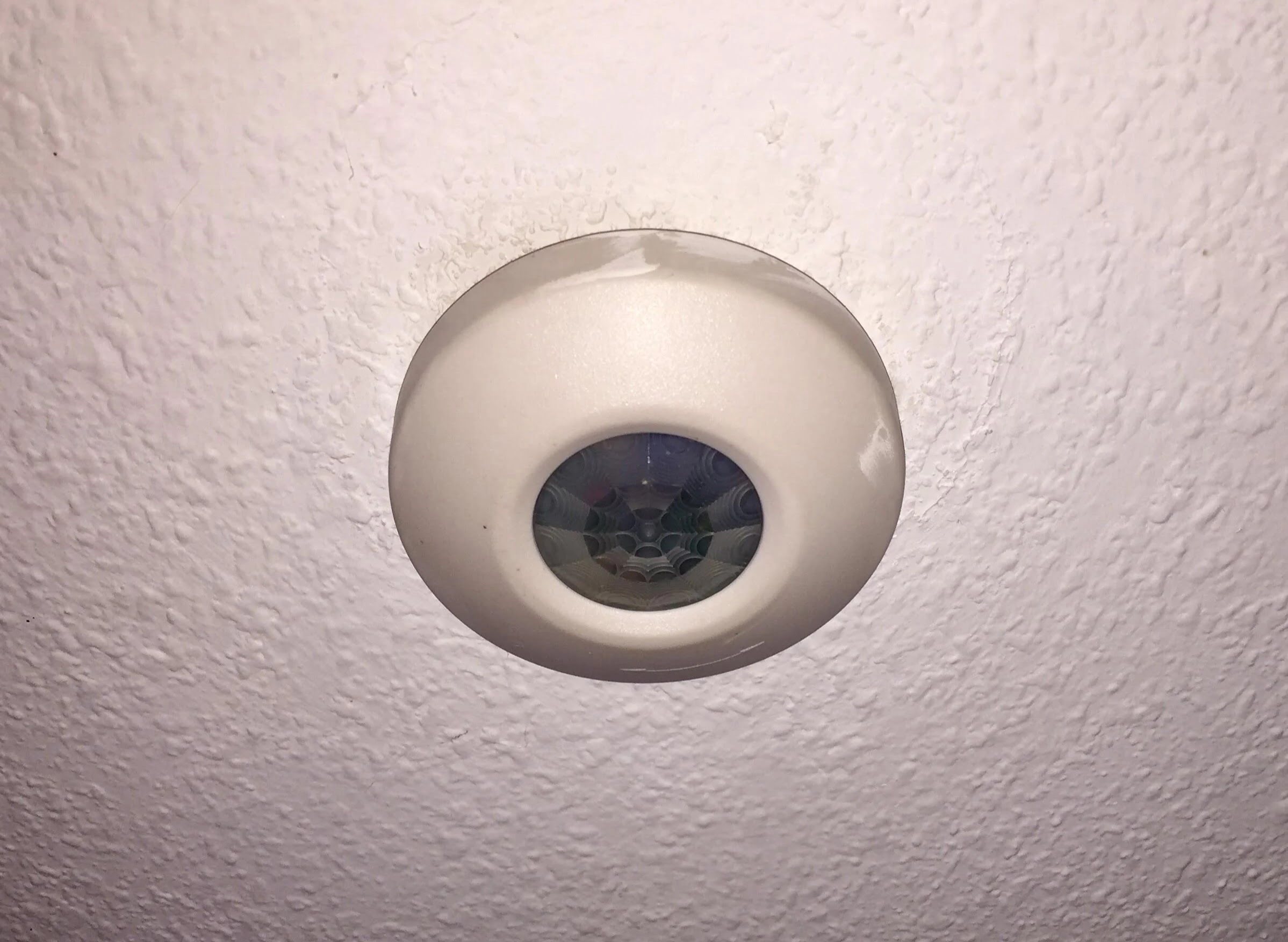

Home Security and Surveillance
What Is The Purpose Of A Ceiling-Mounted Motion Detector?
Modified: August 22, 2024
Learn why a ceiling-mounted motion detector is crucial for home security and surveillance. Discover its purpose in detecting movement and triggering alarms for enhanced safety.
(Many of the links in this article redirect to a specific reviewed product. Your purchase of these products through affiliate links helps to generate commission for Storables.com, at no extra cost. Learn more)
Introduction
Welcome to the world of home security and surveillance! As technology continues to advance, our ability to protect our homes and loved ones has become more sophisticated. One essential component of any modern home security system is the ceiling-mounted motion detector.
A ceiling-mounted motion detector is a device that is installed on the ceiling and detects any movement within its designated area. It plays a crucial role in enhancing the overall effectiveness of a home security system by providing an additional layer of protection against intruders.
In this article, we will explore the purpose of a ceiling-mounted motion detector, delve into how it works, discuss its benefits, and highlight common applications. We will also provide valuable insights on factors to consider before installation, the installation process itself, and maintenance and troubleshooting tips.
Whether you are a homeowner looking to enhance the security of your property or a security professional seeking a deeper understanding of ceiling-mounted motion detectors, this article is for you. Let’s dive in!
Key Takeaways:
- Ceiling-mounted motion detectors enhance home security by detecting movement, offering wide coverage, and customizable sensitivity, providing cost-effective protection and acting as a deterrent to potential intruders.
- Before installing a ceiling-mounted motion detector, consider factors like placement, range, power source, compatibility, and false alarm prevention to ensure optimal performance and reliability. Thorough consideration leads to an effective security solution.
What is a Ceiling-Mounted Motion Detector?
A ceiling-mounted motion detector, also known as a ceiling motion sensor or a PIR (Passive Infrared) sensor, is a device that detects movement within its coverage area. It is typically installed on the ceiling to provide comprehensive surveillance of a room or an area. The motion detector is designed to sense infrared energy emitted by individuals or objects and triggers an alarm or activates other security measures in response to detected motion.
A ceiling-mounted motion detector consists of several key components. These include a PIR sensor, which detects changes in infrared radiation caused by movement; a lens, which helps focus the infrared energy onto the sensor; and electronic circuitry, which interprets the signals from the sensor and controls the device’s functionality.
These motion sensors are commonly used in conjunction with home security systems to detect unauthorized entry or movement within a property. They are particularly effective in indoor spaces, such as hallways, living rooms, or bedrooms, where ceiling installation provides a broader field of view compared to wall-mounted sensors.
It’s important to note that ceiling-mounted motion detectors come in different variations to suit specific needs. Some models feature adjustable sensitivity settings, allowing users to customize the motion detection range. Others may have advanced features like pet immunity, which filters out the movement of smaller animals, minimizing false alarms.
Overall, a ceiling-mounted motion detector acts as a vigilant sentry, constantly scanning the area for any signs of movement. By promptly detecting and responding to motion, it serves as a crucial component of a well-rounded home security system, providing peace of mind to homeowners and deterring potential intruders.
How Does a Ceiling-Mounted Motion Detector Work?
A ceiling-mounted motion detector utilizes passive infrared (PIR) technology to detect motion within its coverage area. The concept behind PIR technology is based on the detection of changes in infrared energy emitted by living beings or objects.
The PIR sensor within the motion detector consists of two halves that are divided by a filter. Each half contains a pyroelectric sensor, which generates a small electrical charge when exposed to infrared radiation. When there is no motion, the two halves of the sensor receive roughly equal amounts of infrared energy, resulting in a balanced charge.
However, when an individual or object moves within the coverage area, it causes a change in the infrared energy patterns received by the two halves. One half receives more infrared energy while the other receives less, resulting in an imbalance in the charges of the pyroelectric sensors.
The electronic circuitry within the motion detector detects this imbalance and interprets it as motion. Upon detecting motion, the motion detector triggers an alarm, activates a camera or lights, or communicates with a home security system to initiate appropriate actions.
It’s important to note that ceiling-mounted motion detectors have a detection range and angle. The range refers to the maximum distance from the sensor at which it can detect motion effectively, while the angle refers to the field of view the sensor covers. The range and angle can vary depending on the specific model, so it’s essential to choose a motion detector that suits the unique needs of the intended space.
In addition to basic PIR technology, some advanced ceiling-mounted motion detectors include additional features such as microwave or dual-technology sensors. These sensors complement the PIR detection by using microwave signals or a combination of microwave and infrared technologies to further enhance accuracy and reduce false alarms.
Overall, a ceiling-mounted motion detector works by diligently monitoring changes in the infrared energy within its coverage area. With its ability to accurately detect motion, it serves as a reliable tool in home security systems, providing an extra layer of protection for residential properties.
Benefits of Ceiling-Mounted Motion Detectors
Ceiling-mounted motion detectors offer several benefits that make them a valuable addition to any home security system. Here are some of the key advantages:
- Enhanced Security: One of the primary benefits of ceiling-mounted motion detectors is their ability to enhance security. By detecting movement within their coverage area, they serve as a proactive defense mechanism against potential intruders. They can trigger alarms, activate security lights, or even notify homeowners or security personnel when motion is detected.
- Wide Coverage Area: Ceiling-mounted motion detectors are typically installed in elevated positions, allowing them to have a broader field of view compared to wall-mounted sensors. This wider coverage area ensures that more space is monitored, enhancing overall security coverage for the entire room or area.
- Customizable Sensitivity: Many ceiling-mounted motion detectors come with adjustable sensitivity settings. This enables users to customize the motion detection range according to their specific needs. It allows for fine-tuning the sensor to avoid false alarms caused by minor movements or to extend the range to cover larger areas, depending on the requirements of the space being monitored.
- Pet-Friendly Options: For households with pets, certain ceiling-mounted motion detectors include pet immunity features. These sensors are designed to differentiate between the movement of humans and small animals, preventing false alarms caused by pets moving within the monitored area. This ensures that the security system remains reliable and accurate while allowing pets to move freely without triggering unnecessary alerts.
- Cost-Effective: Ceiling-mounted motion detectors are cost-effective security devices. They offer a high level of functionality at a relatively affordable price point. Additionally, they are easy to install and require minimal maintenance, making them a cost-effective choice for homeowners or businesses looking to enhance their security measures without breaking the bank.
- Deterrence: The presence of visible ceiling-mounted motion detectors can act as a deterrent to potential intruders. When would-be burglars or trespassers see motion detectors installed, they are more likely to think twice before attempting any illegal activity. The perception of a comprehensive security system can effectively discourage criminals and provide a greater sense of safety for occupants.
Overall, ceiling-mounted motion detectors offer a range of benefits, from enhancing security and allowing customizable sensitivity to providing cost-effective protection and acting as a deterrent. With their advanced technology and wide coverage, these devices play a crucial role in safeguarding homes, businesses, and peace of mind.
Common Applications of Ceiling-Mounted Motion Detectors
Ceiling-mounted motion detectors find a wide range of applications in various settings, including residential, commercial, and industrial environments. Here are some of the common applications of these devices:
- Home Security: One of the most common applications of ceiling-mounted motion detectors is in home security systems. These devices help detect and deter intruders by triggering alarms or activating other security measures when motion is detected. They provide homeowners with an added layer of protection and peace of mind.
- Commercial Spaces: Ceiling-mounted motion detectors are widely used in commercial spaces such as offices, retail stores, and warehouses. These devices help monitor the movements of employees, customers, or visitors, ensuring the overall security of the premises. They can be integrated with access control systems, CCTV cameras, or lighting systems to enhance security and optimize energy efficiency.
- Public Buildings: Public buildings, including hospitals, schools, and libraries, often utilize ceiling-mounted motion detectors to ensure the safety and security of staff and visitors. These devices can be used in hallways, classrooms, restrooms, or other common areas to monitor for any unauthorized or suspicious activities.
- Parking Lots and Garages: Ceiling-mounted motion detectors are commonly installed in parking lots and garages to improve security and provide efficient lighting control. They can automatically switch on lights when someone enters the area, ensuring visibility and deterring potential criminals.
- Industrial Facilities: In industrial settings such as warehouses or manufacturing plants, ceiling-mounted motion detectors play a crucial role in monitoring and securing the premises. These devices help identify any unauthorized or suspicious activities in restricted areas, preventing potential theft or damage to valuable assets.
- Smart Homes: With the rise of smart home technology, ceiling-mounted motion detectors are integrated into home automation systems. They can automatically trigger actions such as turning on lights, adjusting thermostats, or activating security cameras based on detected motion. This adds convenience, energy efficiency, and enhanced security to smart home setups.
The versatility and reliability of ceiling-mounted motion detectors make them suitable for various applications. Whether it’s protecting residential properties, securing commercial spaces, or improving safety in public buildings, these devices contribute to a heightened level of security and surveillance.
When installing a ceiling-mounted motion detector, make sure to position it in a central location to effectively cover the entire room. This will ensure maximum coverage and accuracy in detecting motion.
Factors to Consider Before Installing a Ceiling-Mounted Motion Detector
Before installing a ceiling-mounted motion detector, there are several important factors to consider to ensure its effectiveness and suitability for your specific needs. Here are some key factors to keep in mind:
- Placement and Coverage Area: Carefully assess the area you want to monitor and determine the ideal placement for the motion detector. Consider the height, angle, and coverage area required to effectively cover the space. Make sure the detector’s field of view aligns with the intended monitoring area, avoiding obstructions like ceiling fans or furniture.
- Range and Sensitivity: Review the detection range and sensitivity options of the motion detector. The range should be appropriate for the size of the area you want to monitor, ensuring that it covers the desired distance. Additionally, consider the sensitivity levels to prevent false alarms caused by minor movements or pets.
- Power Source: Determine the power source required for the motion detector. Some models are battery-powered, offering flexibility in installation but requiring regular battery changes. Others may be hardwired to the electrical system, providing a constant power supply but requiring professional installation.
- Compatibility: If you are integrating the motion detector into an existing security system or home automation setup, ensure its compatibility with the system. Verify that it can communicate with other devices or control panels seamlessly, allowing for a holistic security solution.
- False Alarm Prevention: Consider features like pet immunity or the ability to adjust sensitivity levels to minimize false alarms. This is particularly important if you have pets or if the monitored area includes objects that could trigger false detections, such as moving curtains or plants near heating vents.
- Installation Requirements: Evaluate the installation process and requirements of the motion detector. Determine if it can be easily installed as a do-it-yourself project or if professional installation is recommended. Consider factors such as mounting options, wiring, and any additional equipment needed.
- Cost and Budget: Assess the cost of the motion detector, including any additional accessories or installation expenses. Consider your budget and the value provided by the features and capabilities of the device. Strike a balance between affordability and functionality.
Taking these factors into account before installing a ceiling-mounted motion detector will help ensure the device is suitable for your specific requirements and provides optimal performance. Thorough consideration upfront will lead to a more effective and reliable security solution for your home or business.
Installation Process of a Ceiling-Mounted Motion Detector
Installing a ceiling-mounted motion detector may vary depending on the specific model and manufacturer. However, here is a general overview of the installation process:
- Choose the Location: Select the ideal location for the motion detector on the ceiling. Consider the coverage area, height, and angle for optimal performance. Ensure there are no obstructions that could interfere with the sensor’s field of view.
- Gather the Tools: Collect the necessary tools for the installation, which may include a drill, screwdriver, wire stripper, and ladder. Refer to the motion detector’s manual for any manufacturer-specific recommendations.
- Turn off Power: Before beginning the installation process, switch off the power to the area where the motion detector will be installed. This is a necessary safety precaution to avoid electrical accidents.
- Mount the Bracket: If the motion detector requires a mounting bracket, attach it securely to the ceiling using screws and the appropriate mounting hardware. Ensure it is level and firmly in place.
- Connect the Wiring: If the motion detector is hardwired, refer to the manufacturer’s instructions for the wiring process. Typically, this involves connecting the wires from the motion detector to the electrical wiring in the ceiling. Use wire connectors or other recommended methods for secure connections.
- Secure the Motion Detector: Affix the motion detector onto the mounting bracket or the ceiling, depending on the specific model. Ensure it is securely attached to prevent any accidental dislodging or misalignment.
- Adjust Settings: Once the motion detector is installed, adjust any settings or sensitivity levels as required. Follow the manufacturer’s instructions to customize the detection range and other features according to your preferences and needs.
- Test the Sensor: Turn the power back on and test the functionality of the motion detector. Walk within the monitored area to ensure that the sensor detects motion and triggers the desired response, such as activating lights or an alarm.
- Finalize the Installation: Once you are satisfied with the placement, wiring, and functionality of the motion detector, finalize the installation by securing any loose wiring, closing up any access panels, and ensuring all connections are properly enclosed.
It’s essential to follow the specific instructions provided by the motion detector manufacturer for the most accurate and reliable installation process. If unsure or uncomfortable with the installation, it is recommended to consult a professional to ensure proper installation and functionality.
Remember, the installation process may differ based on the model and features of the motion detector, so always refer to the manufacturer’s guidelines for precise instructions tailored to your specific device.
Maintenance and Troubleshooting Tips for Ceiling-Mounted Motion Detectors
Maintaining and troubleshooting ceiling-mounted motion detectors is essential to ensure their optimal performance and reliability. Here are some helpful tips to keep your motion detectors in good working condition:
- Regular Cleaning: Dust and debris can accumulate on the lens of the motion detector, hindering its effectiveness. Regularly clean the lens using a soft, lint-free cloth to remove any dirt or smudges. Avoid using abrasive materials or harsh chemicals that could scratch or damage the lens.
- Check Power Supply: If your motion detector is powered by batteries, periodically check their status and replace them as needed. For hardwired detectors, ensure that the power supply is stable and that there are no loose or damaged wires.
- Adjust Sensitivity: Over time, the sensitivity settings of the motion detector may need adjustment. Fine-tune the sensitivity to minimize false alarms caused by small movements or pets, or increase it if you find that the device is not detecting motion within the desired range.
- Remove Obstructions: Regularly inspect the area around the motion detector for any obstructions that could interfere with the sensor’s field of view. Objects like furniture, curtains, or plants may unintentionally obstruct the detection capabilities. Clear any potential obstacles to ensure optimal performance.
- Test the Detection Range: Occasionally walk within the monitored area to test if the motion detector is effectively detecting your movement. If you notice any dead spots where motion is not being detected, consider adjusting the height, angle, or position of the motion detector to improve coverage.
- Check for Interference: Nearby devices or sources of infrared radiation, such as heated lamps or other motion detectors, can cause false detections or interfere with the motion detector’s functionality. Identify and eliminate any potential sources of interference to minimize false alarms.
- Update Firmware: If your motion detector has firmware or software updates available, consider updating it to benefit from any bug fixes or performance enhancements. Check the manufacturer’s website or contact their support for the latest updates and instructions.
- Refer to the User Manual: Whenever you encounter issues or have questions about your specific motion detector, refer to the user manual provided by the manufacturer. It will contain valuable troubleshooting tips, specific guidelines, and instructions for your particular device.
- Professional Assistance: If you are experiencing persistent issues or are unsure about troubleshooting steps, it is recommended to seek professional assistance. Contact the manufacturer’s support or consult a qualified technician who specializes in security systems for expert guidance.
By following these maintenance and troubleshooting tips, you can ensure the optimal functionality and longevity of your ceiling-mounted motion detectors. Regular upkeep and timely troubleshooting will help maintain a robust security system that reliably detects and responds to motion, providing peace of mind for you and your loved ones.
Conclusion
Ceiling-mounted motion detectors play a vital role in modern home security systems, providing an added layer of protection and peace of mind. These devices use passive infrared technology to detect motion within their coverage area, triggering alarms, activating lights, or communicating with security systems to deter potential intruders.
With their wide coverage area, customizable sensitivity settings, and pet-friendly options, ceiling-mounted motion detectors are versatile and suitable for various applications. They find use in residential, commercial, and public settings, enhancing security and surveillance in homes, offices, parking lots, and more.
Prior to installation, careful consideration of factors like placement, coverage area, power source, and compatibility is important. By doing so, you can ensure that the motion detector aligns with your specific needs and provides optimal performance.
Regular maintenance and troubleshooting are essential for keeping ceiling-mounted motion detectors in top condition. Cleaning the lens, checking the power supply, adjusting sensitivity settings, and removing obstructions are key maintenance tasks. Additionally, testing the detection range and addressing any interference issues will help ensure reliable functionality.
If you encounter persistent issues or need further assistance, consult the user manual or seek professional help to troubleshoot and resolve the problem effectively.
In conclusion, ceiling-mounted motion detectors are valuable tools for enhancing security and surveillance in both residential and commercial settings. By understanding their purpose, working principles, benefits, and installation and maintenance considerations, you can select and utilize these devices to safeguard your property and loved ones effectively.
Embrace the advanced technology of ceiling-mounted motion detectors, and enjoy the peace of mind that comes with knowing your home or business is well protected.
Frequently Asked Questions about What Is The Purpose Of A Ceiling-Mounted Motion Detector?
Was this page helpful?
At Storables.com, we guarantee accurate and reliable information. Our content, validated by Expert Board Contributors, is crafted following stringent Editorial Policies. We're committed to providing you with well-researched, expert-backed insights for all your informational needs.
